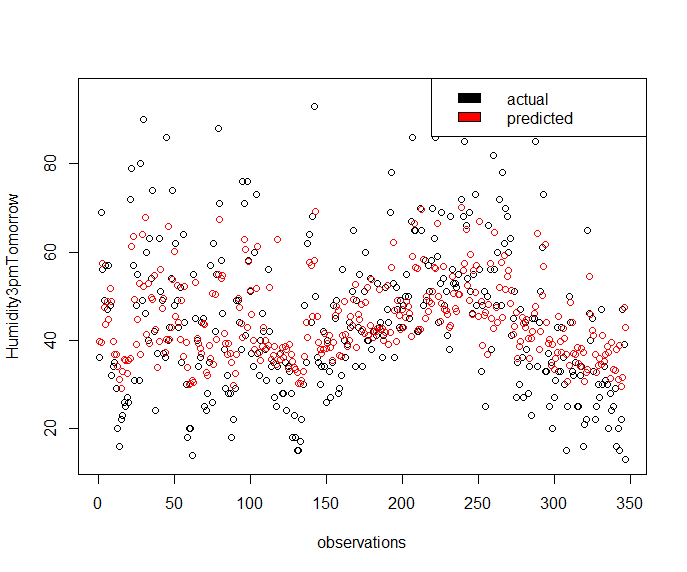today we are going to learn the data science fundamentals
It's fascinating to think about how much data influences our daily lives. From weather forecasts to personalized recommendations on social media platforms, data is a crucial part of many of our routines. However, we often take the complex processes that allow us to access and analyze this information for granted. For example, when we ask a virtual assistant for the weather, a vast amount of data is being processed in the background to provide us with an accurate response. This is where data science comes in - it involves using various techniques and algorithms to extract insights and knowledge from large data sets. By understanding the basics of data science, we can gain a deeper appreciation for the role that data plays in our lives and the powerful tools that allow us to make sense of it all.
Weather apps are powered by complex algorithms that use a variety of techniques to provide accurate weather information to users. One of the most commonly used techniques is regression analysis, which relies on past weather data to calculate current weather conditions.
rainfall prediction

Regression analysis is a statistical tool that examines the relationship between variables. In the case of weather forecasting, the variables are weather conditions and time. Essentially, the algorithm looks at past weather data for each day of the week and uses this information to make predictions about current conditions.

Regression analysis requires a large amount of data, including past weather data for each day of the week. This data is used to make accurate predictions based on current weather conditions. By analyzing the data, the algorithm can identify the factors that affect weather patterns, such as temperature, humidity, and wind speed. It's important to have access to past data for the same day and season to accurately calculate the present output.
summery:
The text discusses the importance of data in our daily lives, particularly in the realm of weather forecasting. It explains how data science plays a crucial role in analyzing large data sets to extract insights and knowledge. Specifically, it highlights regression analysis as a statistical tool used in weather forecasting to predict current weather conditions based on past weather data. The algorithm relies on historical weather data for each day of the week to determine the factors that influence weather patterns, such as temperature, humidity, and wind speed. Overall, understanding the basics of data science can help us appreciate the role that data plays in our lives and the powerful tools that allow us to make sense of it all.
